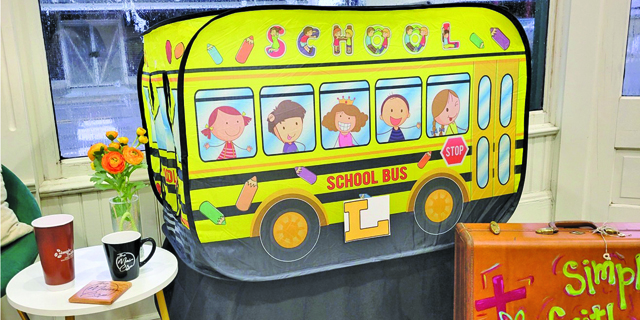OVERTIME OUTDOORS: CWD alert after third Miss. case
Published 1:00 am Sunday, December 2, 2018
Teche Area deer hunters who are in the height of their season have enough to think about without the added worry of chronic wasting disease in the deer herd wherever they hunt in Acadiana.
Awareness and precaution are called for, just the same, as the season continues and area deer hunters harvest more and more deer. The peak of the season, a time when so many deer hunters take vacations to get in the woods and marshes before and after Christmas, is only a few weeks away.
Trending
It’s time to bring up CWD again because a third deer has tested positive in southwest Mississippi, according to the Mississippi Department of Wildlife, Fisheries and Parks. The 2-year-old doe was shot and killed in November in Issaquena County, six miles north of where the first Mississippi deer with CWD was discovered Jan. 25.
The good news is CWD, a fatal neurodegenerative disease that affects animals of the cervid family, has yet to be detected in Louisiana. The Sportsman’s Paradise is surrounded, however, by states that have had CWD cases documented — Arkansas, Texas and Mississippi.
Our state Department of Wildlife and Fisheries said the latest CWD case in Mississippi emphasizes the need for deer hunters to practice the proper handling of deer carcasses after harvest to prevent the further spread of the disease. Recommended deer carcass disposal for deer in any state includes burial on site where harvested, disposal at approved landfills through official waste collection companies or simply leaving the deer carcass on the property in which it was harvested after the meat has been removed.
If area deer hunters hunt on the east side of the state, particularly in East Carroll, Madison and Tensas parishes, they should take preventative measures to stem the potential spread of the disease. Deer hunters who hunt this region must remain vigilant, according to Tony Vidrine, a 34-year LDWF veteran game biologist who has been region manager the past 15 or so years in the Lafayette Region, formerly based in Opelousas.
“There’s nothing to be alarmed about right now. We’re just notifying people. We’re kind of surrounded by CWD,” Vidrine said Friday afternoon. “If someone kills a very poor, sick deer and want to get it tested, we can test it for them.”
LDWF game biologists are doing “some random testing,” he said, in a concerted effort to keep the state clean of CWD.
Trending
“We haven’t found any in Louisiana and we hope we don’t,” he said.
LDWF officials have taken precautions to keep CWD out of Louisiana. Cervids, which include white-tailed, deer, elk and moose, harvested in other states cannot be brought into Louisiana, except for deboned meat quarters with no part of the head or spinal column; meat cut and packaged; cleaned skulls with antlers; capes; cleaned cervid teeth, and finished taxidermy products.
The state is one of 41 states that have implemented cervid carcass importation bans prohibiting the import of high-risk parts. LDWF personnel said that along with the current moratorium on live importation of captive deer, the measures provide the best defense against potential disease introduction and spread.
Cervid carcass regulations have proven necessary in two cases this year. CWD-infected deer from Texas and Arkansas were harvested by Louisiana hunters this year. In both cases, the hunters were notified by the respective state and the meat was incinerated by LDWF to avoid potential spread.
The fact two known CWD deer were harvested by Louisiana hunters is significant because only a very small percentage of harvested deer are tested for the disease, according to a recent prepared statement.
“If somebody hunts out-of-state, follow the regulations. Don’t bring the brain stem, spinal cord or any part of the nervous system,” Vidrine said.
DON SHOOPMAN is outdoors editor of The Daily Iberian.




